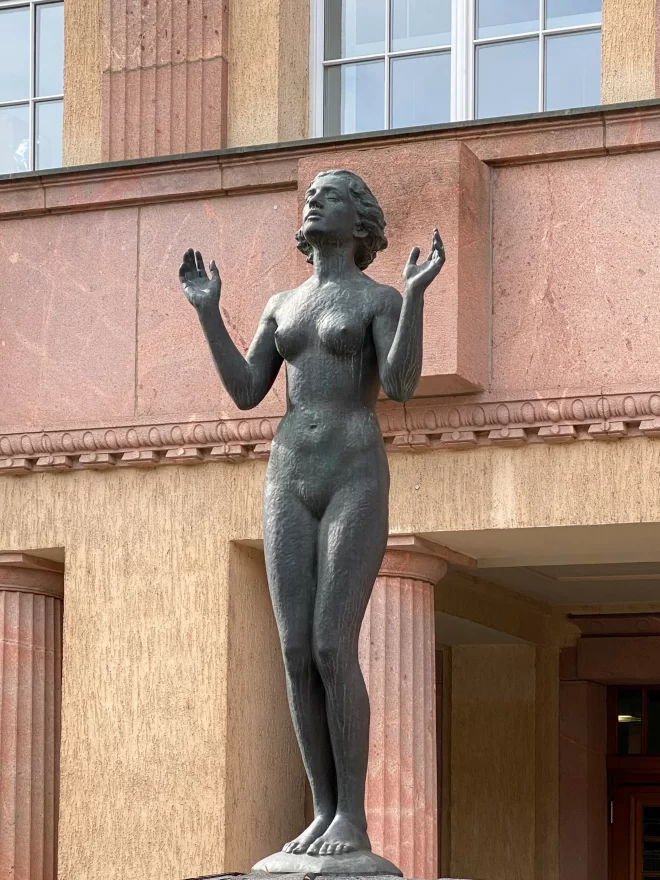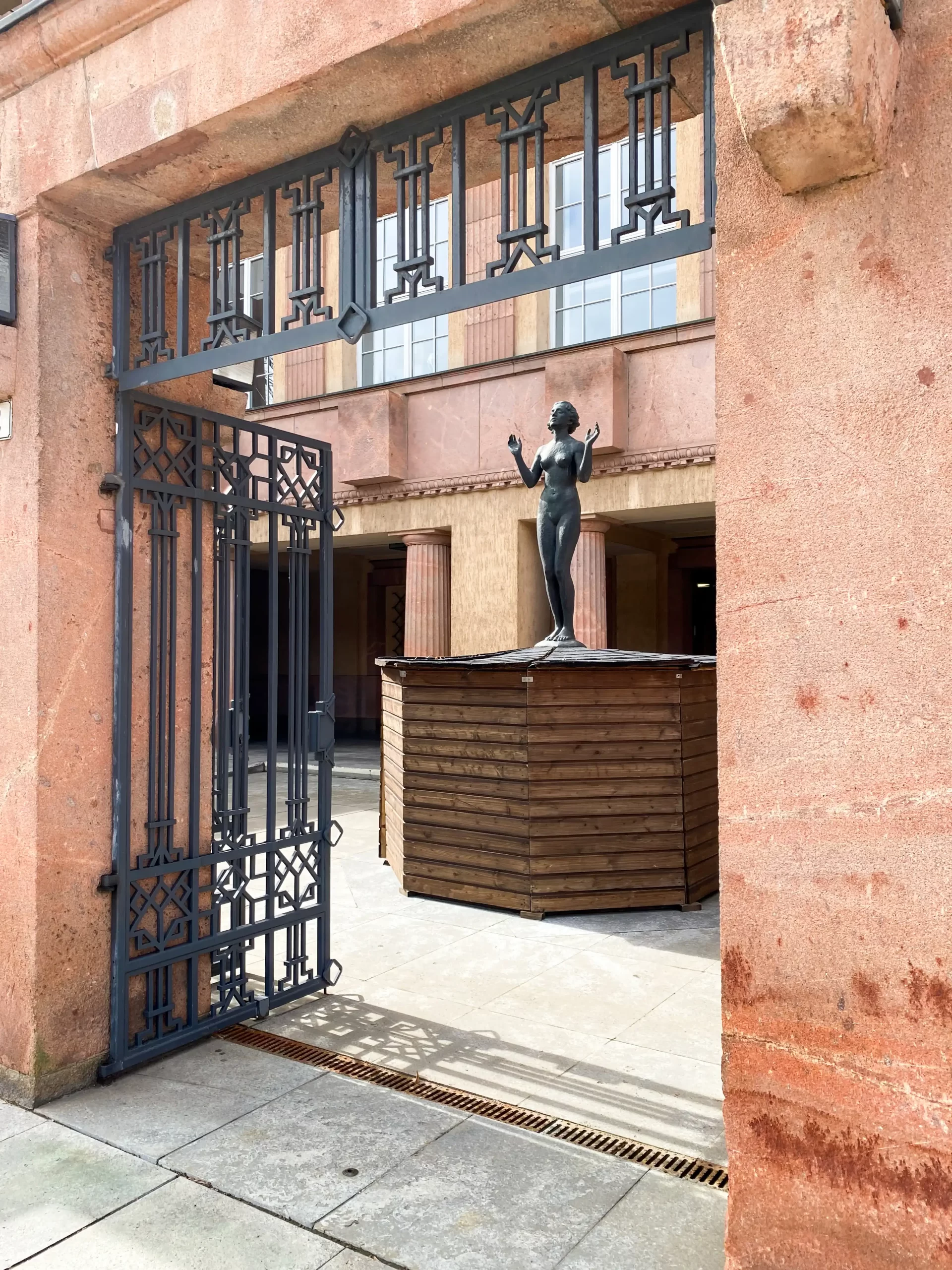
Allgemeine Ortskrankenkasse, 1922-1925. Architect: Otto Droge. Photo: Daniela Christmann
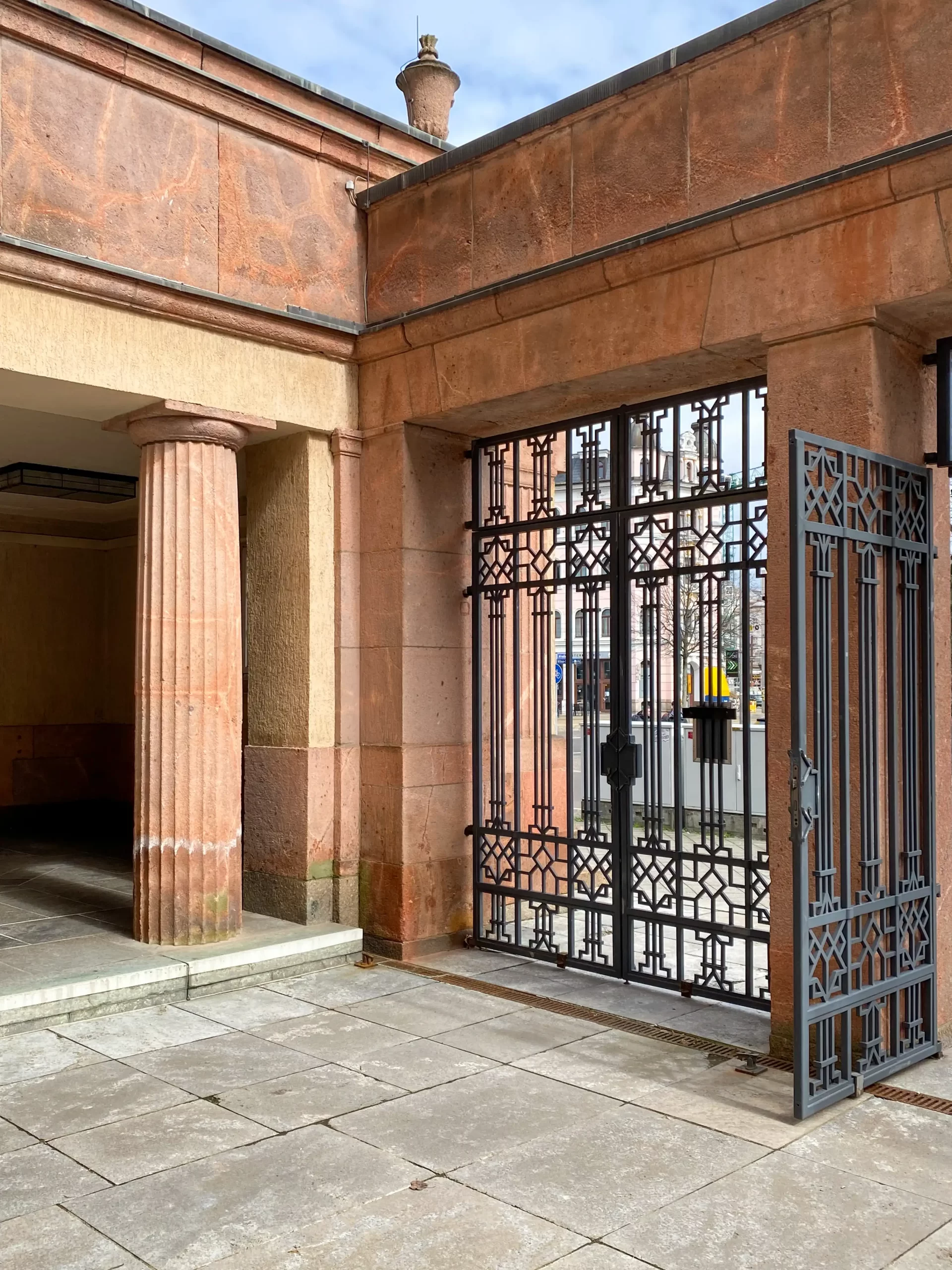
Allgemeine Ortskrankenkasse, 1922-1925. Architect: Otto Droge. Photo: Daniela Christmann
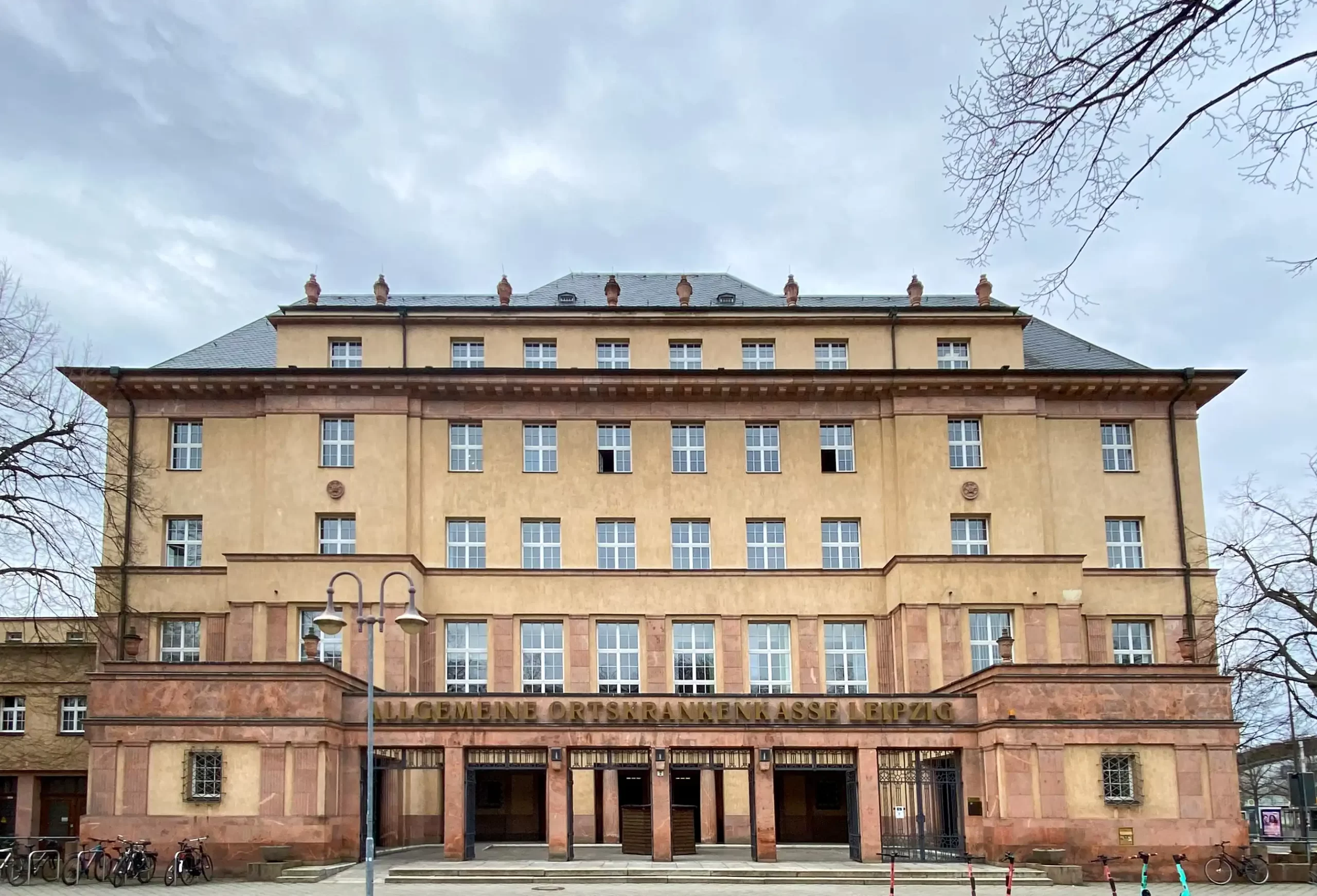
Allgemeine Ortskrankenkasse, 1922-1925. Architect: Otto Droge. Photo: Daniela Christmann
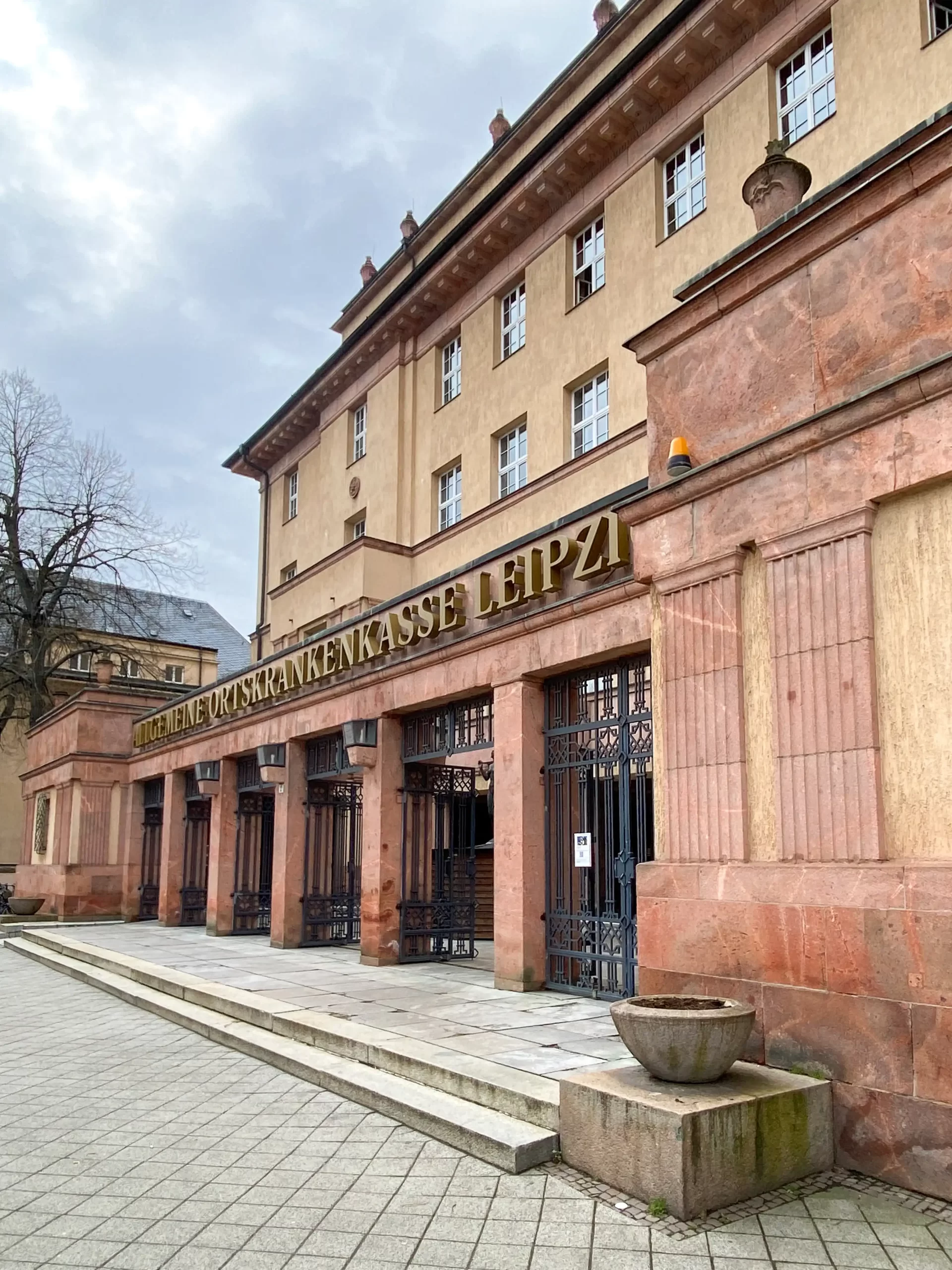
Allgemeine Ortskrankenkasse, 1922-1925. Architect: Otto Droge. Photo: Daniela Christmann
1922 – 1925
Architect: Otto Droge
Willmar-Schwabe-Straße 1, Leipzig
The administration building of the Allgemeine Ortskrankenkasse (General Local Health Insurance Fund) was built between 1922 and 1925 according to plans by Otto Droge.
Background
In January 1887, the Allgemeine Ortskrankenkasse für die Stadt Leipzig was founded as an association of various health insurance companies.
In 1921, it had over 200,000 members and employed almost five hundred staff.
Competition
In order to concentrate the administration of the health insurance fund in one place, the board of directors announced a competition for the construction of a new building in November 1920.
Eight architects and office partnerships were invited, including Rudolf Schilling, Hans Voigt and Oskar Schade, Johannes and Walter Schuhknecht. Emil Franz Hänsel and Richard Thiele, Georg Wünschmann with Richard Tschader and Arno Carlo, and Otto Droge.
In March 1921, the jury with Hugo Koch and Carl James Bühring recommended the construction of a new building and the extension of existing buildings.
Otto Droge’s designs were awarded first prize.
Construction work began in the summer of 1922, and the new building was ready for occupation in the fall of 1925.
Building
Differently sized, clearly structured, sand-colored plaster surfaces contrast with cornices, pilasters and pilasters made of Rochlitz porphyry tuff and structure the wall surfaces of the building.
Decorative rosettes, wrought iron, stucco moldings and the flower-like fountain base are elements of Art Deco.
In 1920, a competition was held for the construction of a new office building for the Leipzig General Local Health Insurance Fund, which was won by the architect Otto Droge.
The 117-meter-long building was erected along Jahnallee due to the layout of the site.
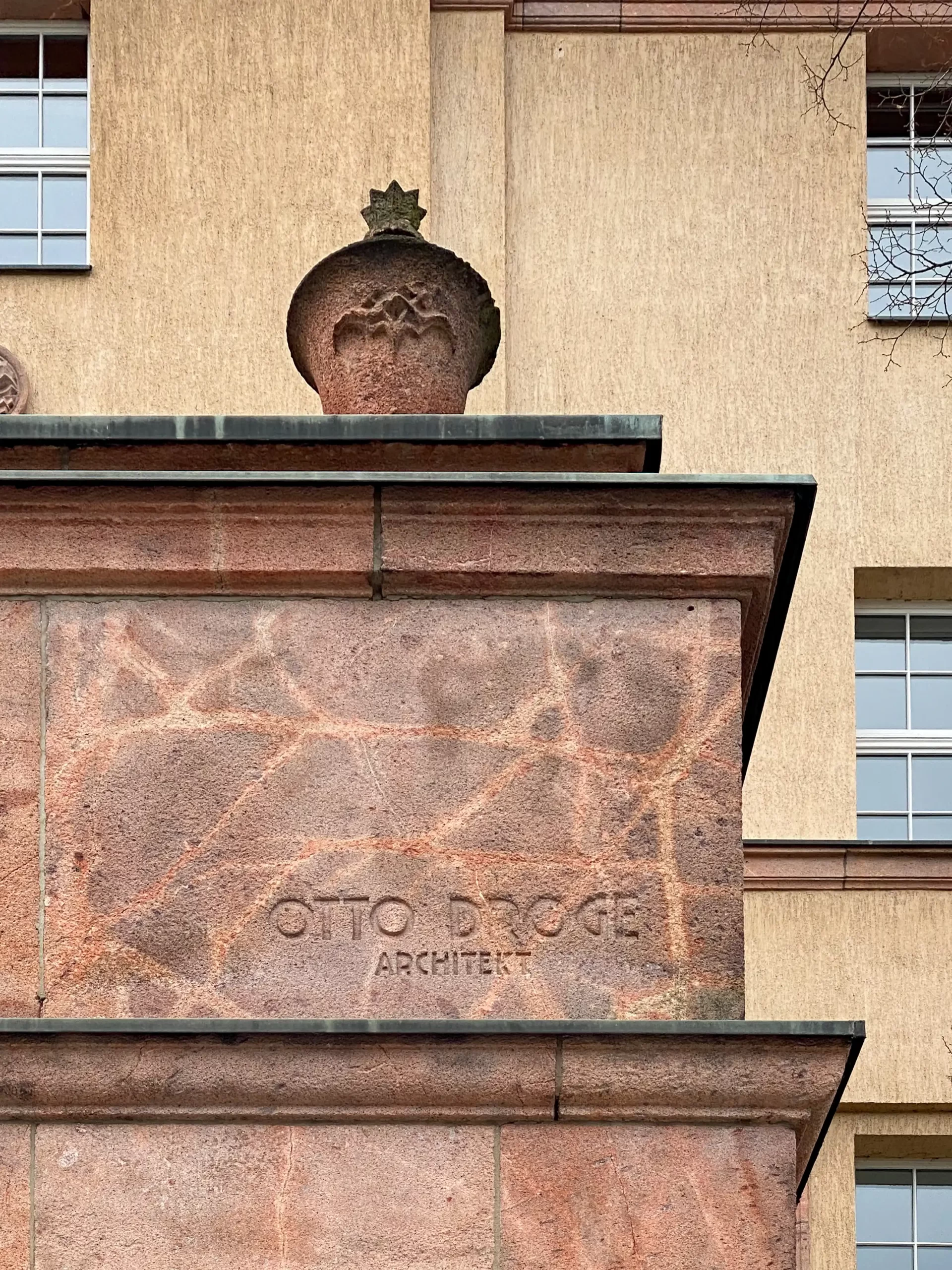
Allgemeine Ortskrankenkasse, 1922-1925. Architect: Otto Droge. Photo: Daniela Christmann
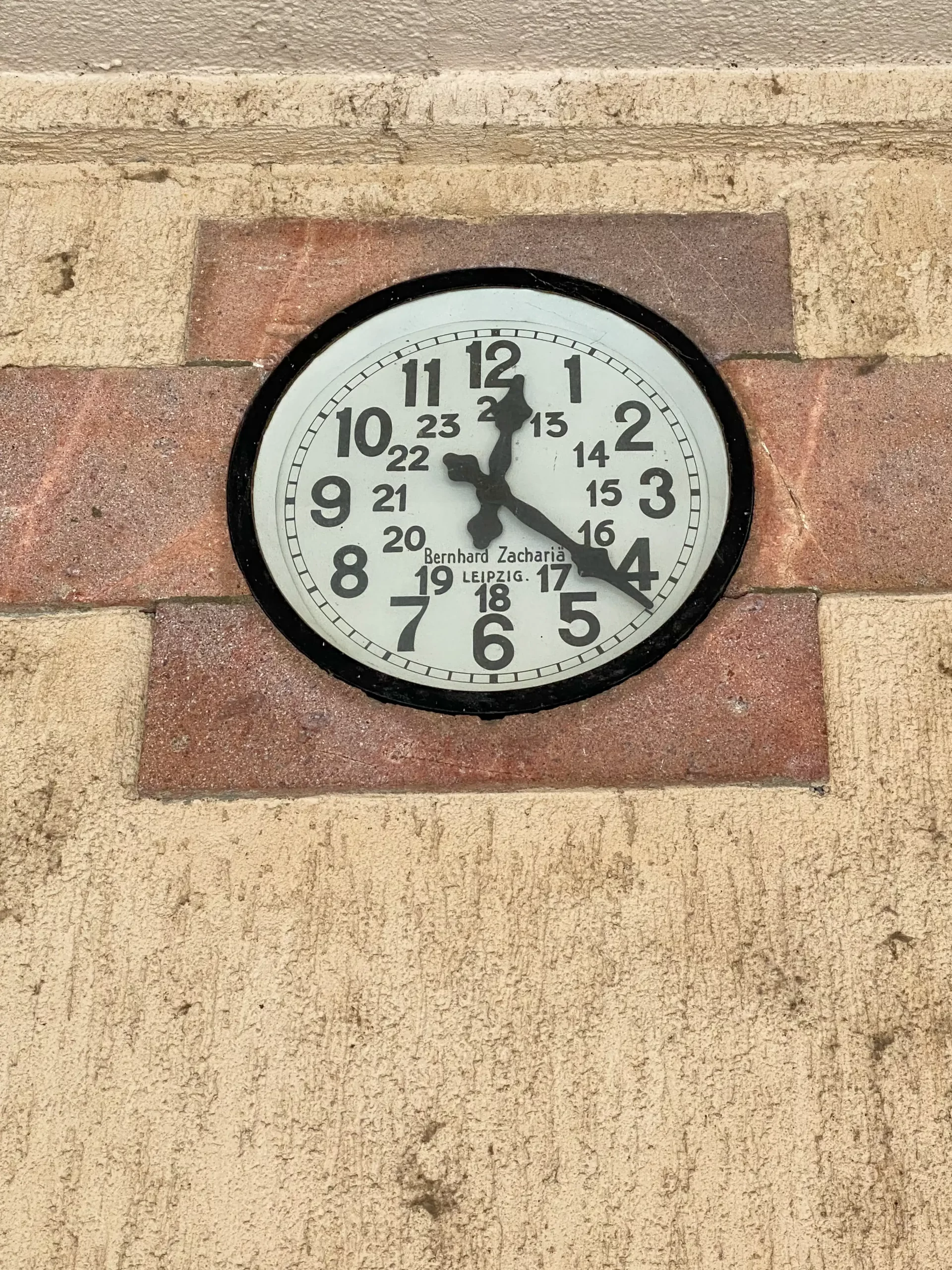
Allgemeine Ortskrankenkasse, 1922-1925. Architect: Otto Droge. Photo: Daniela Christmann
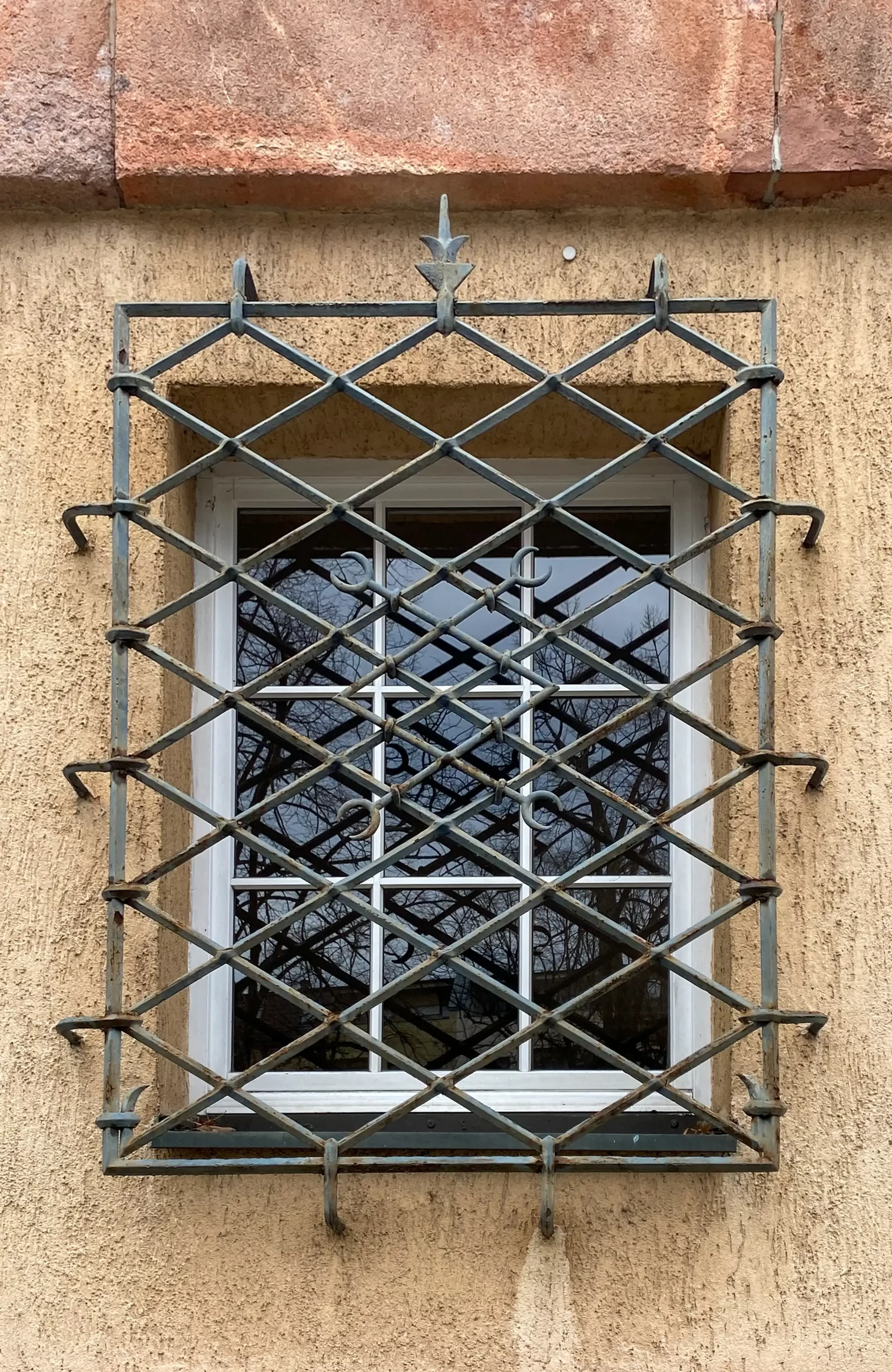
Allgemeine Ortskrankenkasse, 1922-1925. Architect: Otto Droge. Photo: Daniela Christmann
Facade
The main facade of the building is on Willmar-Schwabe-Strasse, named after the co-founder of the health insurance company.
The enclosing wall with the railing, which has stone spheres as supports and wrought-iron crossbeams, is also made of Rochlitz porphyry tuff.
On the main floor is the almost seventy meter long counter hall.
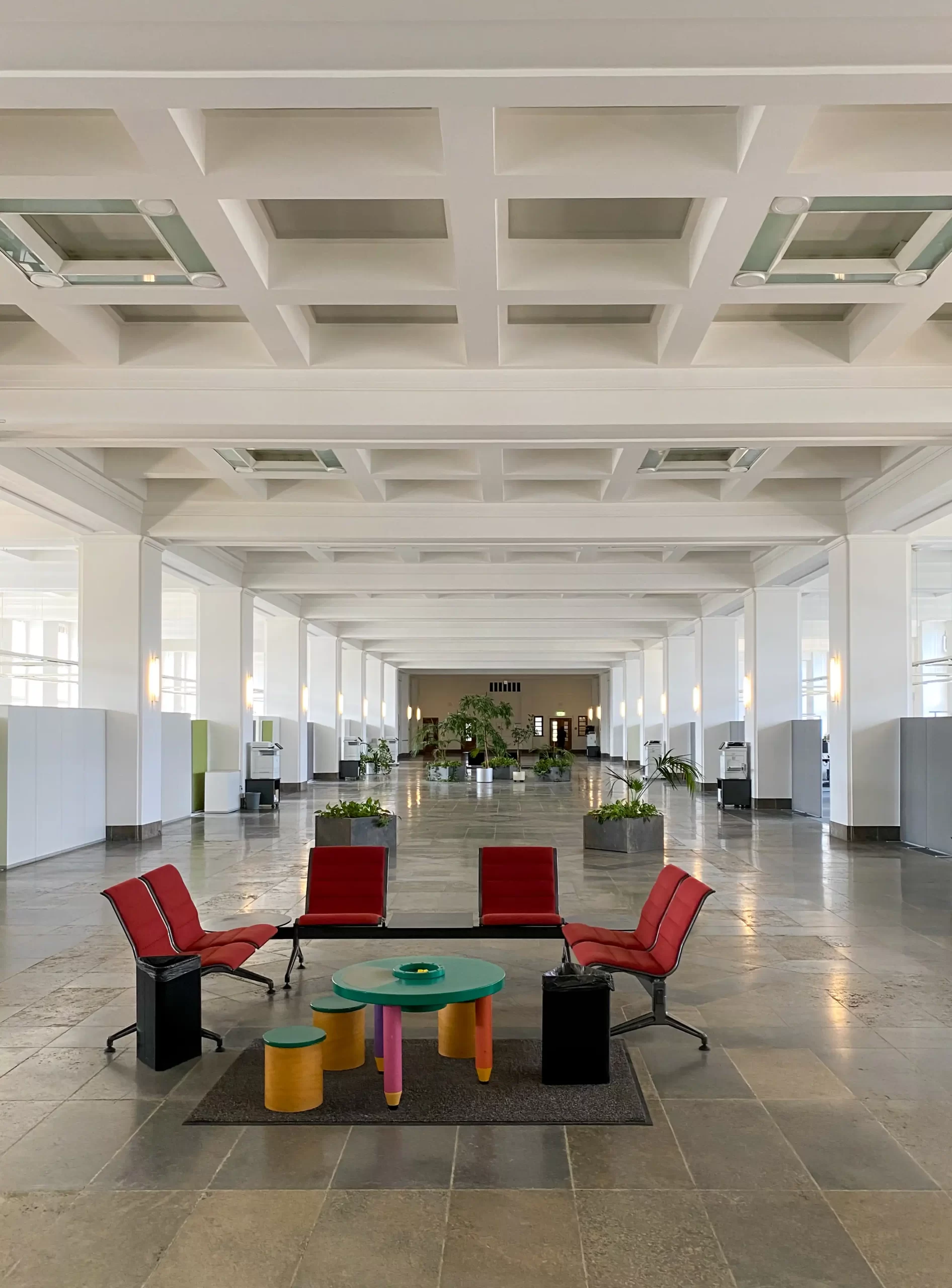
Allgemeine Ortskrankenkasse, 1922-1925. Architect: Otto Droge. Photo: Daniela Christmann
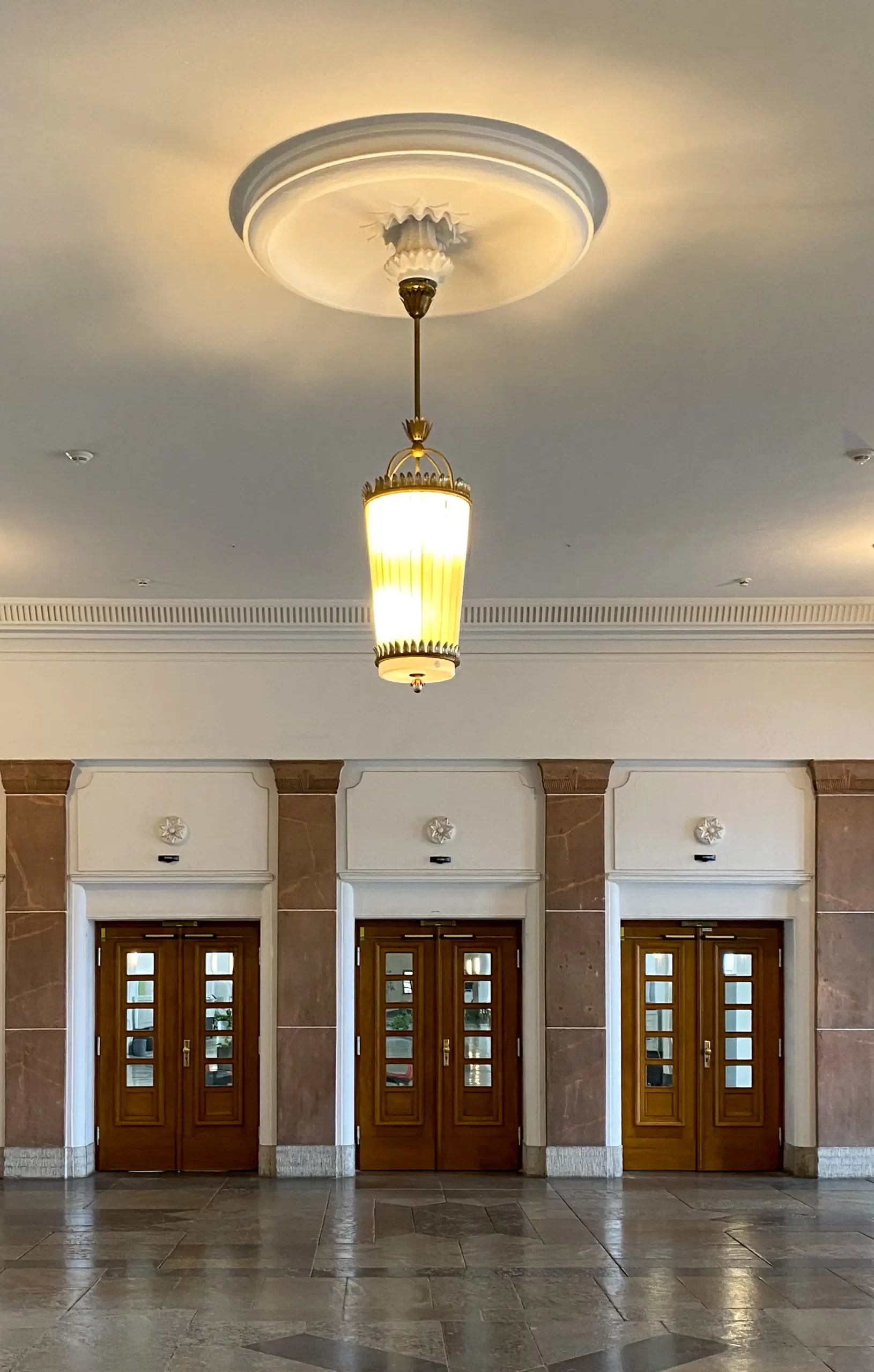
Allgemeine Ortskrankenkasse, 1922-1925. Architect: Otto Droge. Photo: Daniela Christmann
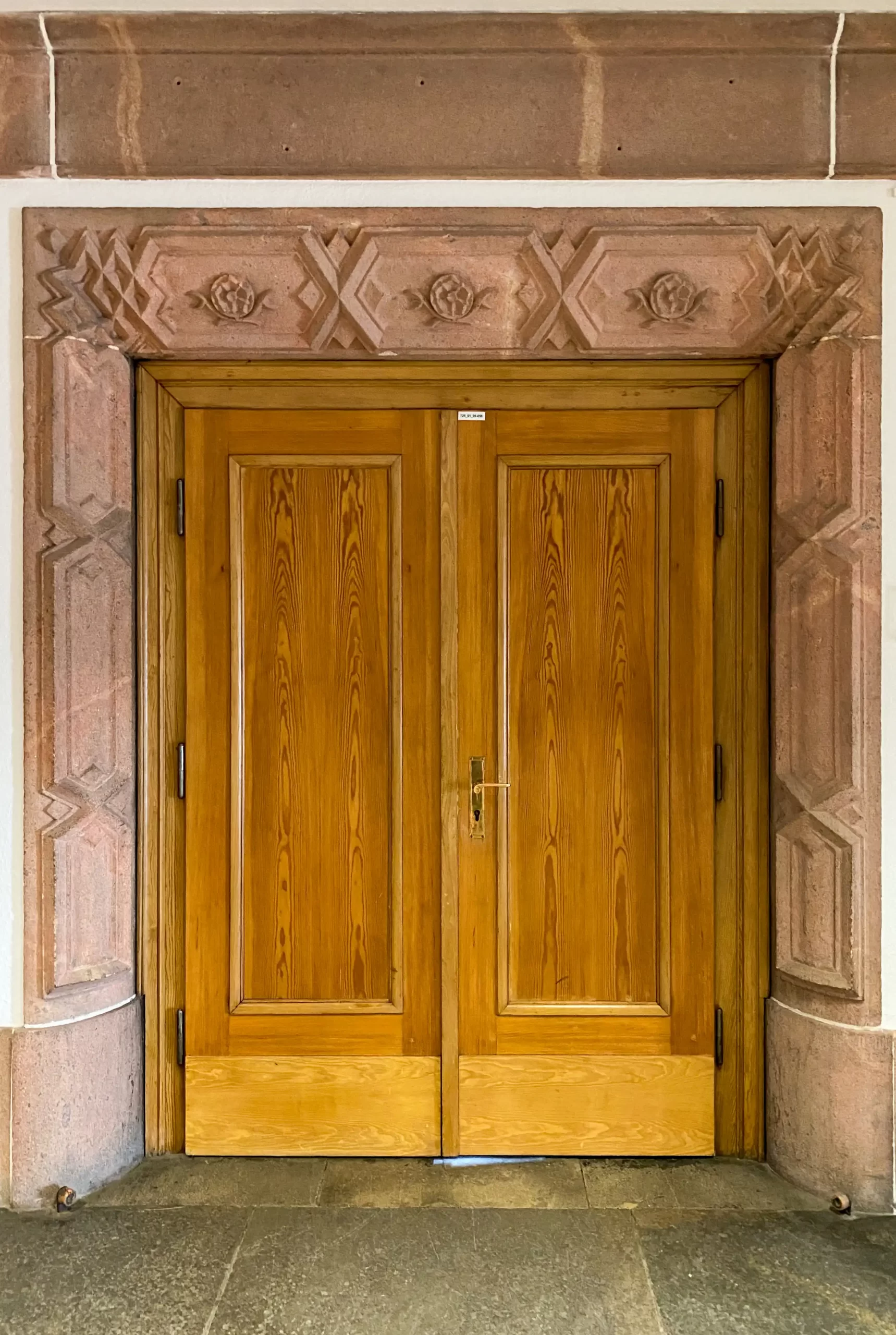
Allgemeine Ortskrankenkasse, 1922-1925. Architect: Otto Droge. Photo: Daniela Christmann
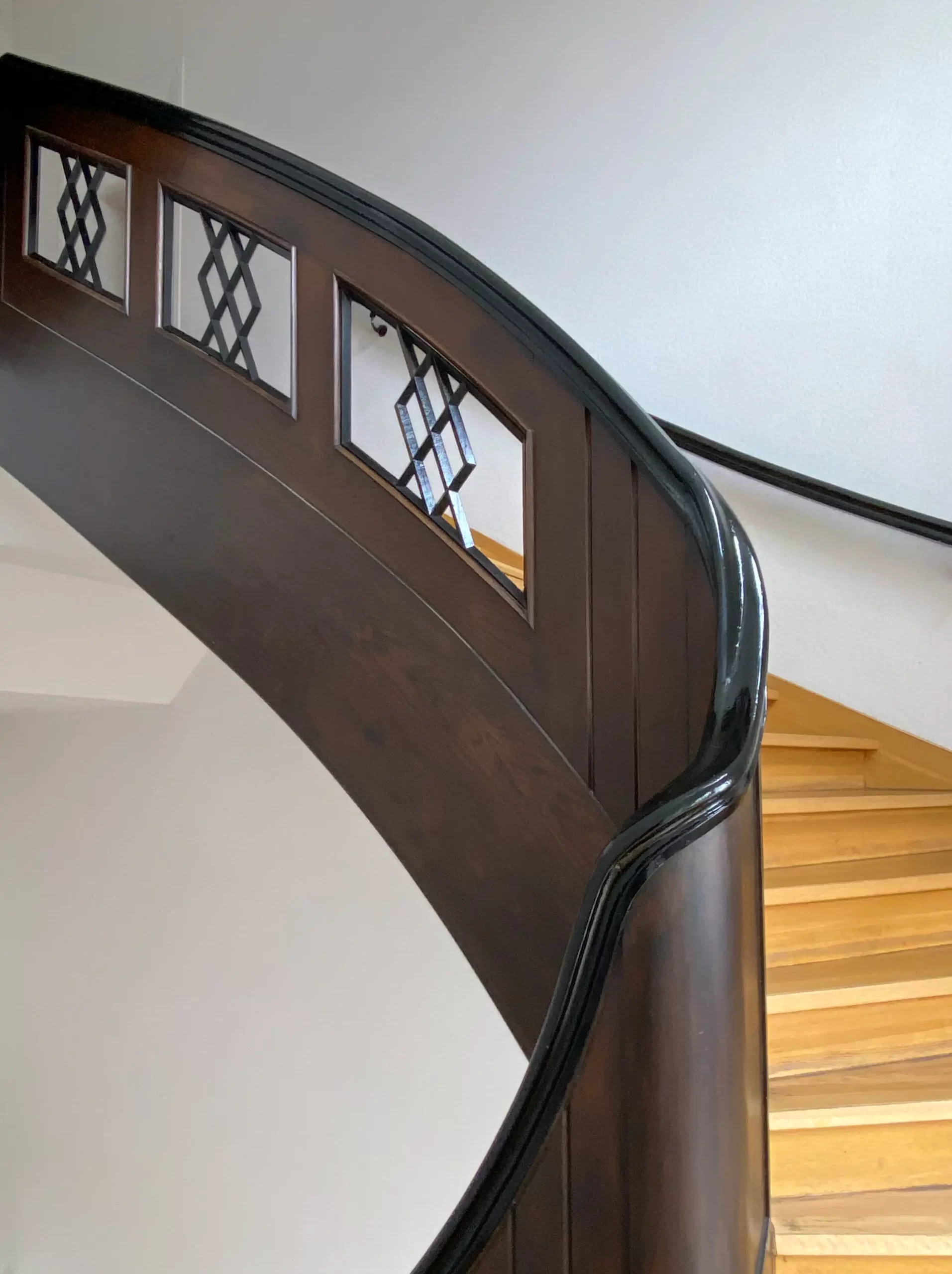
Allgemeine Ortskrankenkasse, 1922-1925. Architect: Otto Droge. Photo: Daniela Christmann
Fountain
In front of the entrance there is a porch. Behind the wrought iron lattice gates opens a courtyard with a fountain.
The fountain figure Recovery by the sculptor Felix Pfeifer, which was melted down during the Second World War, is today replaced by a copy.
Postwar
From 1952 until the early 1990s, the boarding school of the German Academy of Physical Culture was housed here.
Since 1991, the rooms have once again housed the administration of the newly founded AOK Leipzig. Until 1997, the entire building was renovated in accordance with the preservation order.

